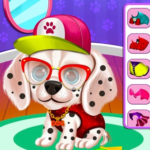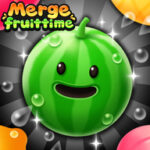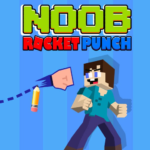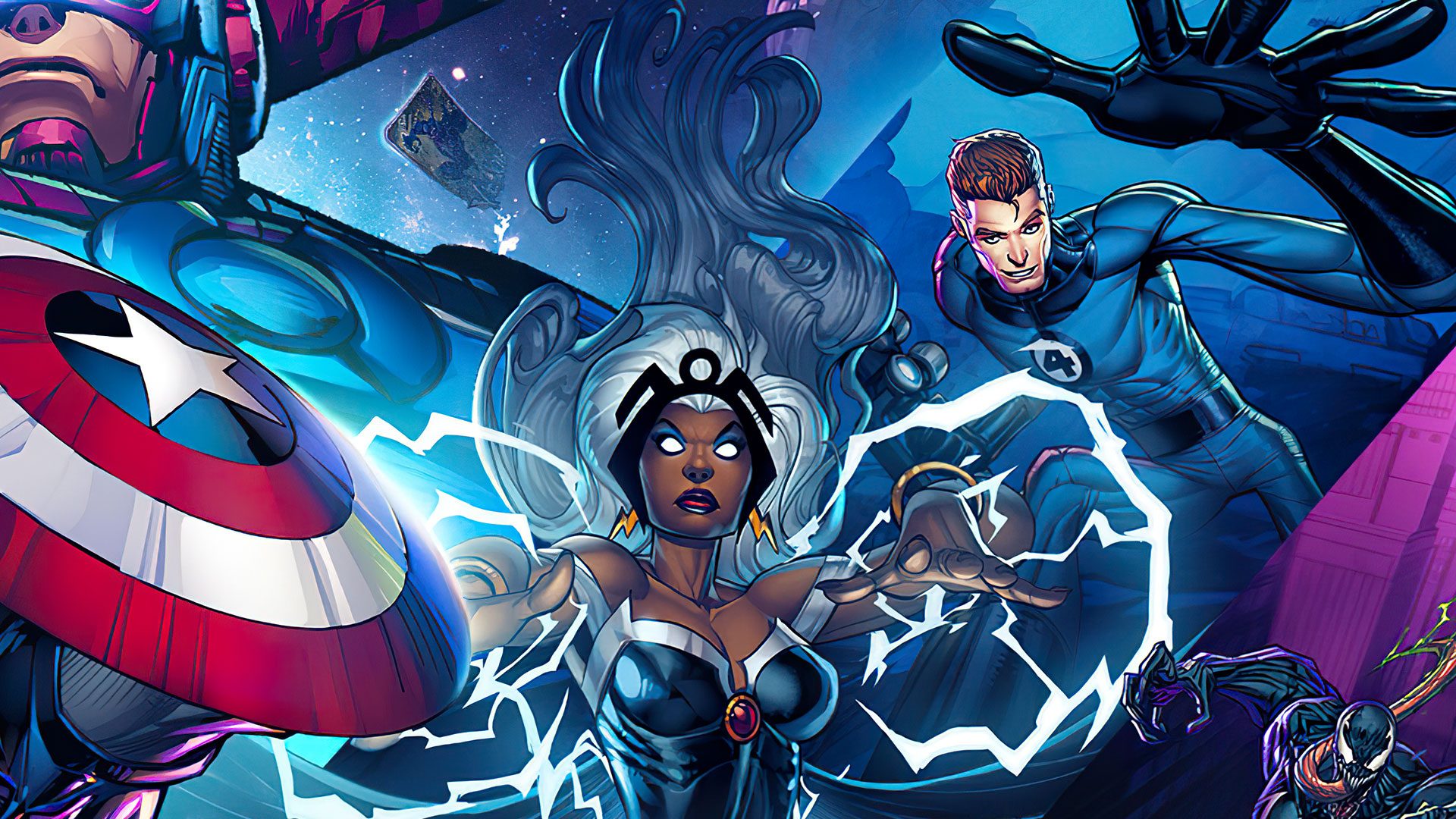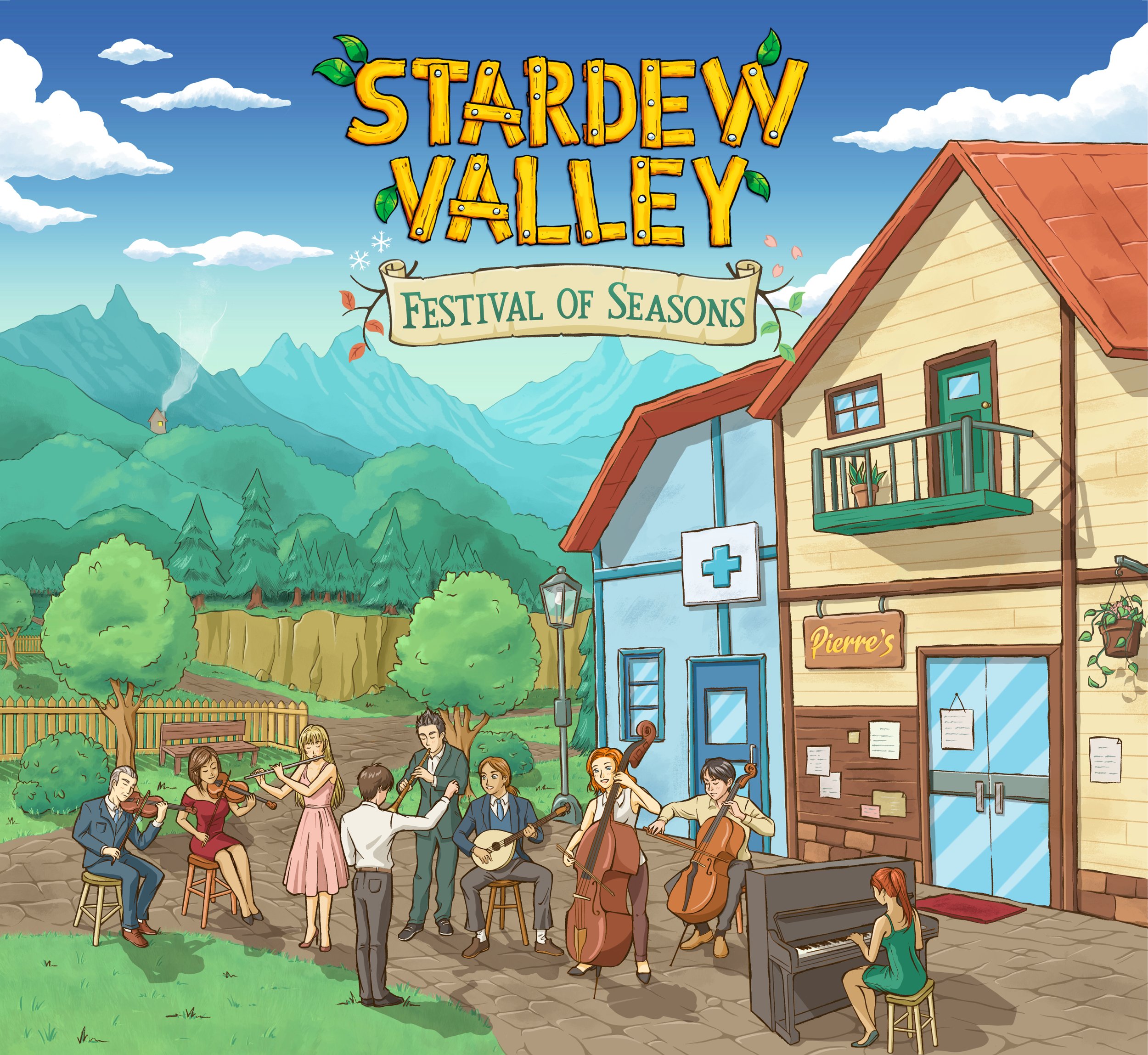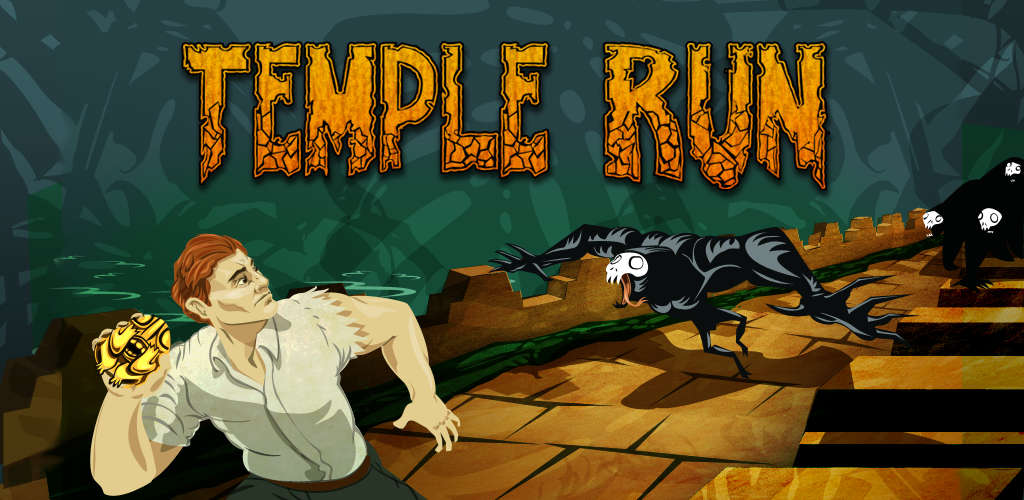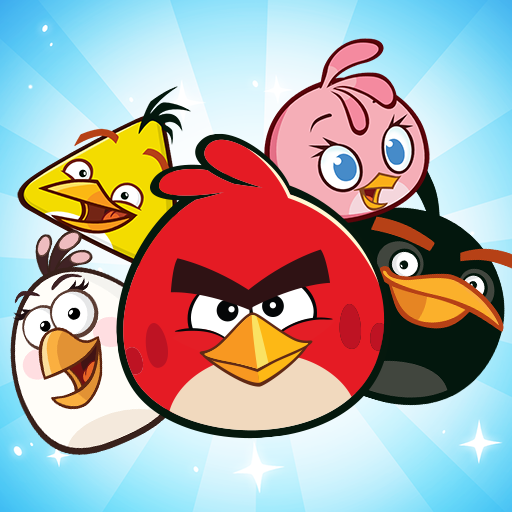Released in 2012 by King,
Candy Crush Saga quickly became a cultural phenomenon in the mobile gaming world. Known for its colorful graphics, addictive gameplay, and charming characters, it has captivated millions of players worldwide. This article explores the evolution, mechanics, impact, and various aspects of
Candy Crush Saga, providing insights into what makes it a staple in casual gaming.
The Birth of Candy Crush Saga
Development and Launch
Cady Crush Saga was developed by King, a gaming company founded in 2003. The game was launched on Facebook in April 2012, tapping into the growing popularity of social media gaming. Its simple yet engaging mechanics allowed players to connect and compete with friends, making it an instant hit.
Initial Reception
Upon its release,
Candy Crush Saga received positive reviews for its vibrant graphics and accessible gameplay. Players were drawn to its match-three mechanics, where they swap candies to create combinations and clear levels. The game quickly amassed a large player base, leading to its availability on mobile platforms later in 2012.
The Game Mechanics
Basic Gameplay
At its core,
Candy Crush Saga operates on a match-three puzzle format. Players swap adjacent candies to create rows or columns of three or more of the same color. Doing so clears those candies from the board and earns points, while also triggering special effects when larger combinations are made.
Levels and Challenges
The game features thousands of levels, each with unique objectives and challenges. Players must complete tasks such as reaching a certain score, clearing jellies, or collecting specific candies. The increasing difficulty as players progress keeps the gameplay fresh and engaging.
The Evolution of Candy Crush Saga
Expanding Content
Since its launch,
Candy Crush Saga has continually evolved, introducing new levels, game modes, and challenges. Regular updates keep players engaged and eager to return. Events like "Sweet Streak" and "Candy Week" add additional layers of excitement.
Spin-offs and Merchandise
The success of
Candy Crush Saga led to the development of spin-off games, including
Candy Crush Soda Saga and
Candy Crush Jelly Saga. The franchise has expanded into merchandise, including toys and clothing, further solidifying its place in pop culture.
The Social Aspect of Candy Crush Saga
Connecting with Friends
One of the game's standout features is its social integration. Players can connect with friends through Facebook, sending and receiving lives and competing on leaderboards. This social aspect enhances the gaming experience, making it more interactive and fun.
Community Events
King often hosts community events that encourage collaboration among players. These events foster a sense of belonging and camaraderie, as players work together to achieve shared goals.
The Business Model
Free-to-Play Structure
Cady Crush Saga operates on a free-to-play model, allowing players to download and play the game without any initial cost. Revenue is generated through in-game purchases, such as extra lives, boosters, and special candies.
In-Game Purchases
While many players enjoy the game for free, some opt to make purchases to enhance their experience. This model has proven lucrative, as it appeals to both casual gamers and those who want to progress more quickly.
The Cultural Impact
Global Phenomenon
Cady Crush Saga has transcended traditional gaming boundaries, becoming a global phenomenon. Its influence can be seen in various aspects of popular culture, including references in TV shows, memes, and more.
Influence on Mobile Gaming
The success of
Candy Crush Saga has paved the way for other mobile games, demonstrating the viability of the free-to-play model and the importance of social connectivity in gaming.
Ratings and Reviews
Player Ratings
Overall,
Candy Crush Saga has received positive ratings from players and critics alike. Many appreciate its engaging gameplay and vibrant graphics, while others note the potential pitfalls associated with in-game purchases and repetitive mechanics.
Expert Reviews
Gaming critics often highlight the game's addictive nature and social features. However, they also caution against its pay-to-win aspects and the potential for gameplay fatigue over time.
Conclusion
Cady Crush Saga remains a staple in the mobile gaming landscape, captivating players with its charming aesthetics and engaging mechanics. While it has its pros and cons, its ability to evolve and adapt to player preferences has solidified its place in gaming history. As it continues to expand and thrive,
Candy Crush Saga exemplifies the power of mobile gaming to connect people and provide enjoyment.
















